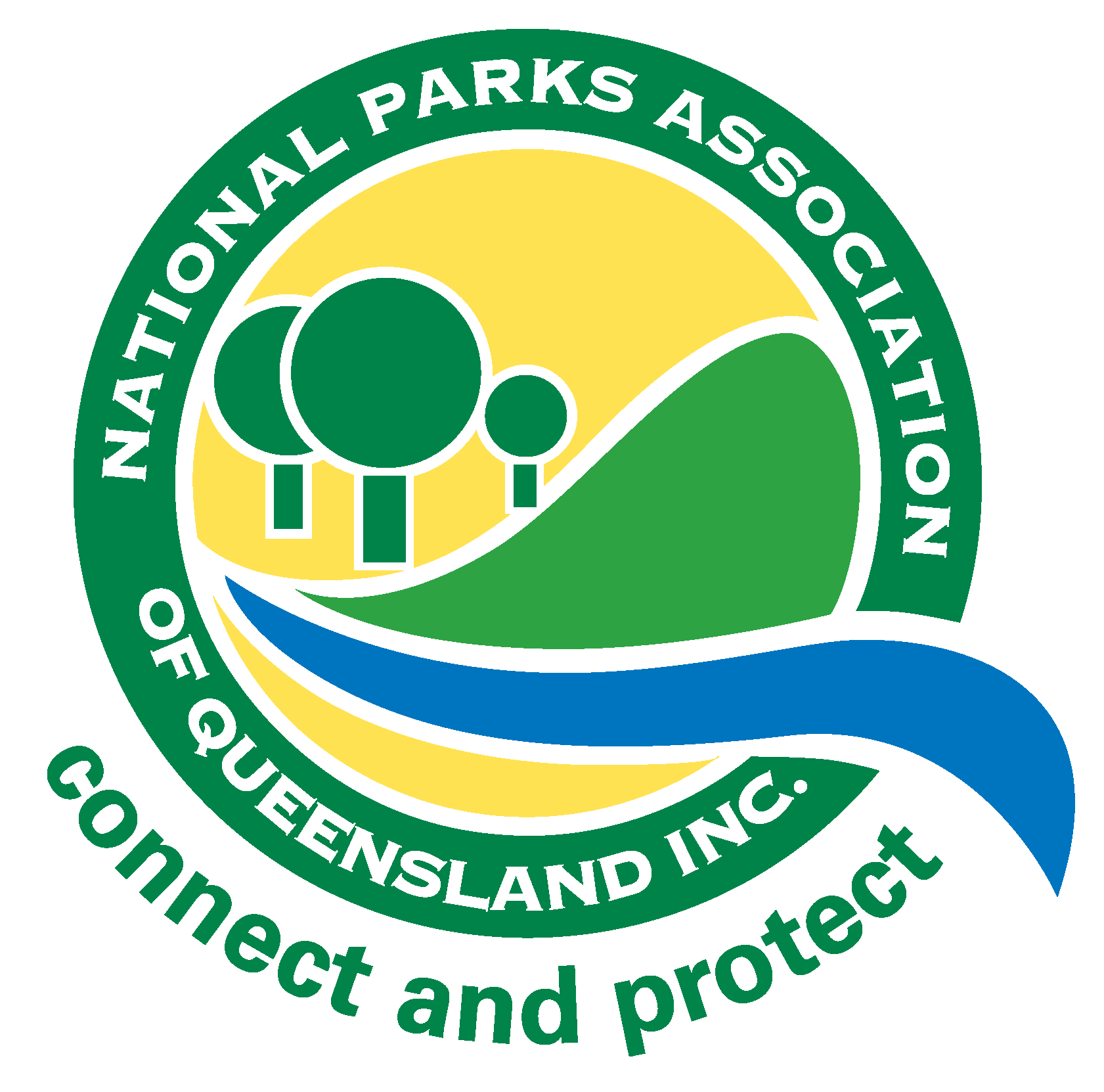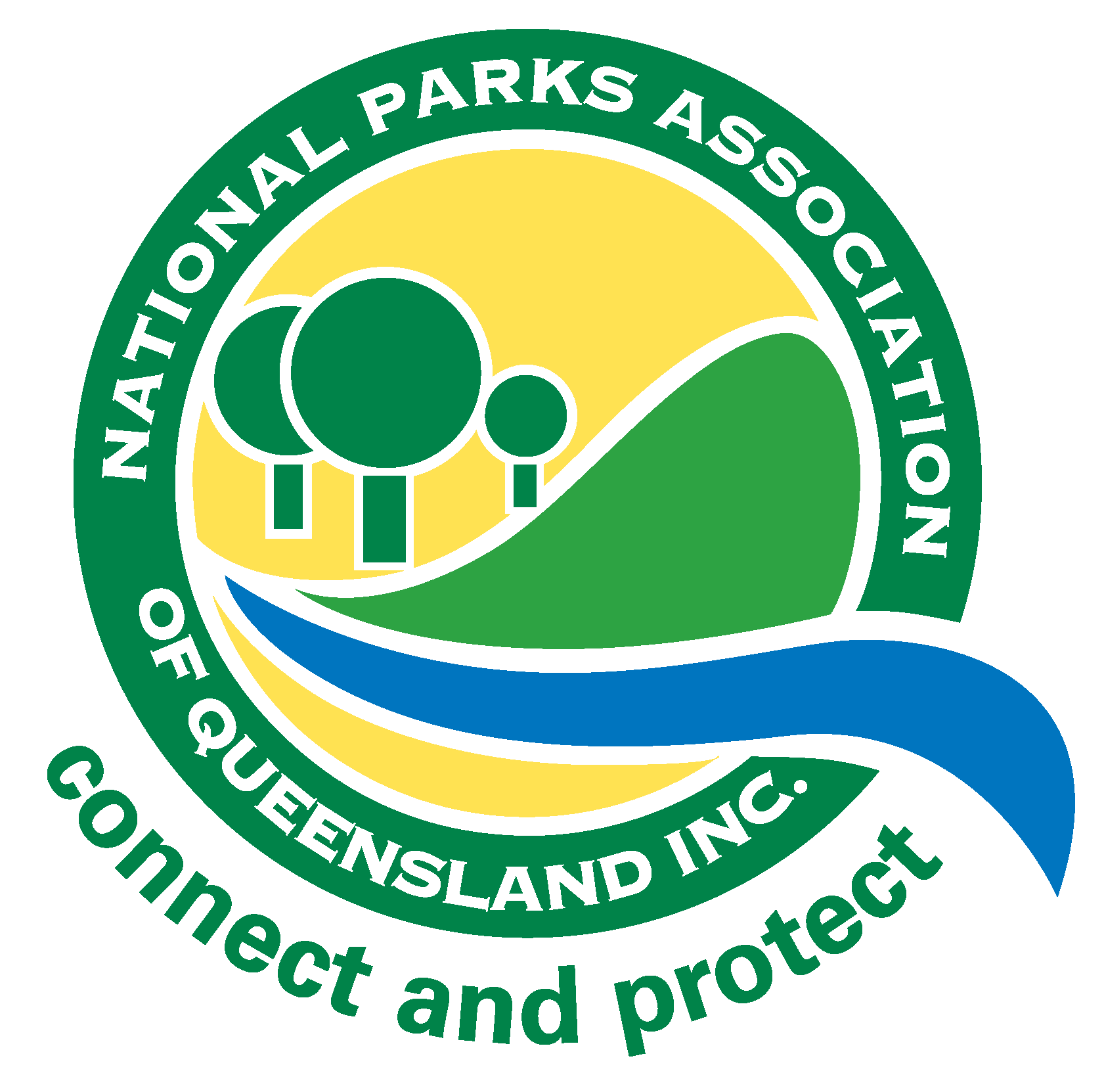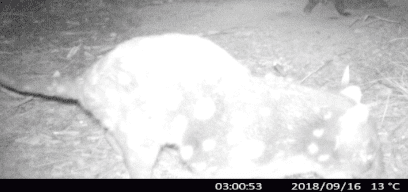Uncategorized
Conservation on neighbouring lands
Nestled along the border with New South Wales, Queensland’s Sundown National Park is a rocky gem about 300 kilometres southwest of Brisbane. Noted for its ridges and steep gorges, Sundown National Park can be reached by walking track and off-road vehicle.
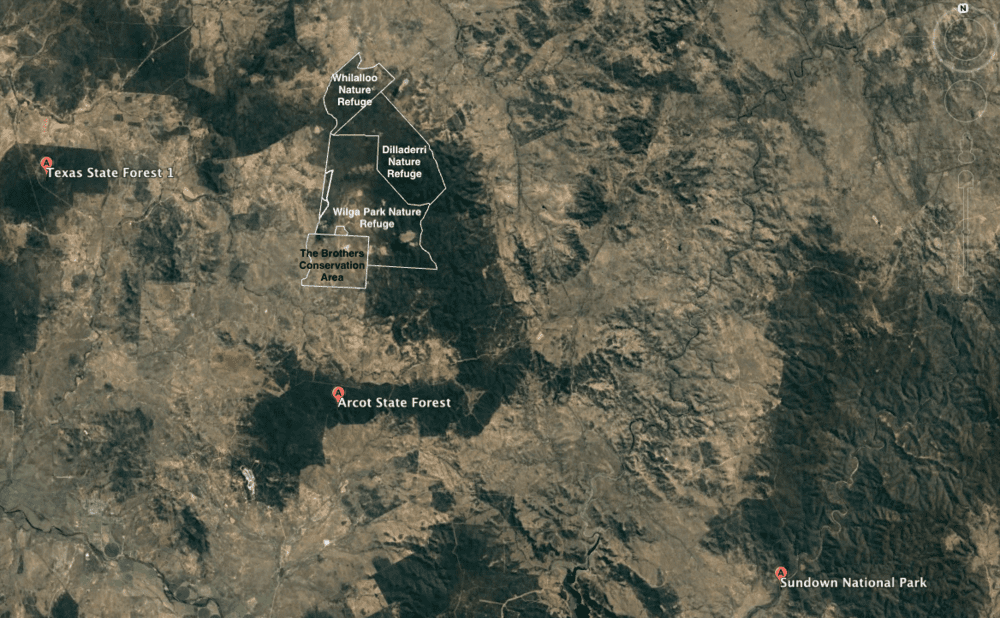
While the trap rock region around Sundown National Park is primarily known as sheep farming country, the region provides suitable habitat for a vast quantity of native flora and fauna. In fact, a number of threatened species and ecological communities are dependent on this part of Queensland’s small portion of the new England tableland bioregion. Some of the threatened fauna include the squatter pigeon (Geophaps scripta scripta), classified as Vulnerable under the Environment Protection and Biodiversity Conservation Act 1999 (EPBC), as well as the regent honeyeater (Anthochaera phrygia) and the swift parrot (Lathamus discolor), both of which are classified as Critically Endangered.
Amongst these threatened species is the spotted-tailed quoll (Dasyurus maculatus maculatus), a carnivorous marsupial that is classified as Endangered under the EPBC Act and as Vulnerable under Queensland’s Nature Conservation Act 1992.
Considering the immense responsibility that we have as stewards of our planet, its ecosystems and natural resources, the importance of wildlife corridors continue to be a big theme in the subject of wildlife habitat conservation. While national parks are a great example of how the public sector values and protects nature for its existence value, the amount of land protected for wildlife in Queensland is comparatively small and fragmented. With this being the case, the existence of protected, privately-owned land able to form types of wildlife corridors around national parks is of utmost importance to the survival of many of Queensland’s threatened species.
Northwest of Sundown National Park lies an area of privately-owned land, called the quoll island network, that is being managed for the needs of native wildlife. These properties are privately-owned by individuals who appreciate the value of biodiversity and have recently come together to cooperate on the objective of protecting habitat suitable to species such as the spotted-tailed quoll. While some of these properties are not directly adjacent to the national park (the northernmost property is located about 50km northwest from the national park), the quoll island network members hope to make a positive impact on the existing populations of the region’s native fauna. Importantly, these landowners recognise their contribution to habitat protection in a region more focused on production than on protection.
The quoll island member properties consist of the following properties: Wilga Park Wildlife Corridor, Silver Hills, Bundanoon, Sierra and Peakvale.
Wilga Park Wildlife Corridor is a 7,124 ha contiguous wildlife corridor owned by TJM Select Investments Pty Ltd, consisting of three nature refuges and one conservation area. The properties are primarily focused on wildlife habitat conservation. A part of the corridor was previously sheep farming and logging land. Preparations are currently underway to develop a native bush-tucker plantation to both restore and produce from the land. Over 400,000 trees have also been planted on TJM’s wildlife corridor over the past year by C02 Australia, under the federal government’s 20 Million Trees Program, to further contribute to wildlife habitat enhancement.
Silver Hills is an approximately 1,200 ha property, forming a wildlife corridor in the middle of approximately 14,000ha of protected remnant vegetation and state forests. It is located northeast of Texas, Qld. Approximately 90% of the property is protected as either category B or C vegetation which prohibits any significant land clearing. The greatest threat to the habitat is the potential for catastrophic fire. Due to the fuel loads, rugged terrain and highly variable winds, a fire could potentially cause great damage to the flora and fauna in the area. This could seriously compromise the survival of local populations, including iconic animals such as spotted-tailed quolls.
Bundanoon has traditionally been a sheep grazing property and is today a nature refuge. The property is made up of virgin remnant dry forest with some parts cleared and semi-cleared. Bundanoon Nature Refuge sits on basalt trap rock terrain and is located at the peak of the watershed at an elevation of 700 metres above sea level, which allows for the flourishing of diverse native wildlife. Bundanoon’s areas of forest and scrub have a diverse ecology and support many species from sundews to quolls and from swamp wallabies to orchids. Bundanoon is a local Aboriginal word meaning land of many hills and valleys.
Sierra is a former grazing property adjacent to Sundown National Park (on the western side of the park near the Severn River) in trap rock country. It is, along with Peakvale, one of the two closest quoll island network properties to Sundown National Park. Sierra is approximately 810 ha and is elevated with some steep hills and valleys running east-west, with the highest elevation around 760 metres. The property is host to a variety of native trees including iron bark, yellow box, red gum, pechey wattle, black cypress pine, and xanthorrhoea, as well as many other native trees endemic to the region. The property hosts a large variety of avian species, many of which are found throughout Sundown National Park. The property also has some interesting evidence of early settlement history from the 1800s.
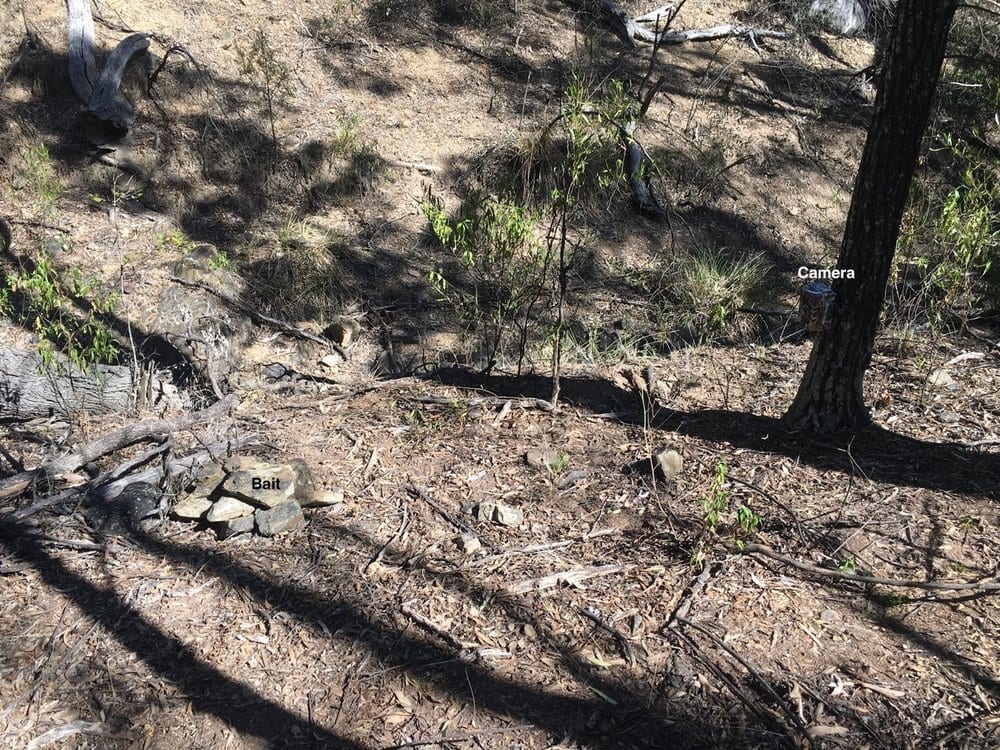
Peakvale is a privately-owned 1,164 ha former sheep grazing property. Peakvale is one of the two quoll island network properties closest to Sundown National Park, being adjacent to the national park’s northern boundary. Much of this property is made up of category B remnant vegetation spread across both undulating terrain as well as rugged gorge country. There have been regular sightings of spotted-tailed quolls on this property.
The quoll island network’s most recent work has included liaising with carnivorous marsupial expert, Dr Scott Burnett of the University of the Sunshine Coast. Dr Burnett met with the quoll island network in mid-2018 to discuss quoll habitat suitability, risks to the species’ survival and likelihood of studies and surveys on the properties. Dr Burnett recently paid a visit to the properties to assess quoll habitat suitability and advise on the best locations to install baited camera traps. All properities in the quoll island network work hard to ensure the protection of quoll habitat and monitor surveillance footage to confirm their location on these protected properties, resulting in a couple of confirmed sightings.
The quoll island network hopes to be able to protect and host the many fantastic species of Queensland’s trap rock country for years to come. It is also hoped that the quoll island network’s efforts contribute to the positive impact that Sundown National Park is making on the region.
